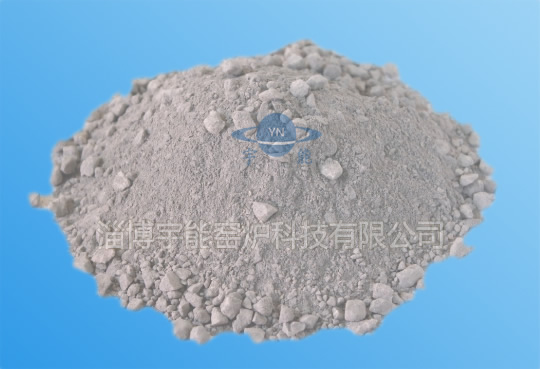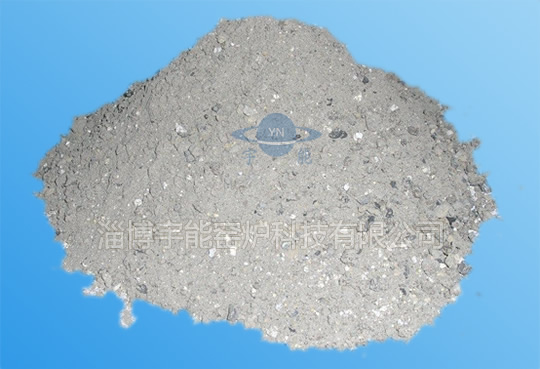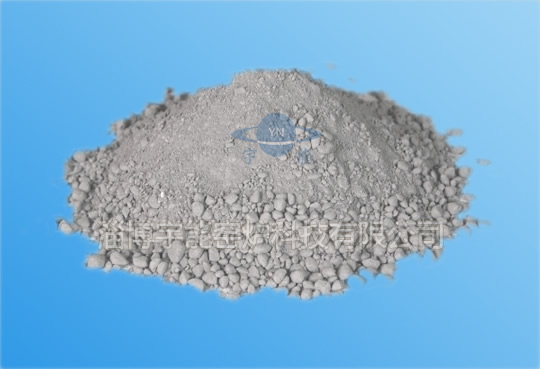Zibo Yunneng Kiln Technology Co. Ltd. Zibo Yunneng Kiln Technology Co. Ltd.
Free delivery samples
high quality assurance
Engineer's door-to-door guidance
lifelong technical support
Contact us+86159669653330086-533-5331887
Zibo Yunneng Kiln Technology Co. Ltd. Zibo Yunneng Kiln Technology Co. Ltd.
Free delivery samples
high quality assurance
Engineer's door-to-door guidance
lifelong technical support
Contact us+86159669653330086-533-5331887
Home -> News -> News -> Castable Technology ->

1. Anchor nail welding
The material and specifications of the anchoring nails must be purchased according to the design requirements.
The distribution of anchoring nails and the quality of the welding must be carried out according to the design requirements.
2. Template support
The dimensions are accurate and meet the design requirements.
The support is firm, the seams are tight and the slurry is not leaking.
For castables with strong corrosive or cohesive properties, a barrier layer shall be provided in the formwork.
The wooden strips that reserve the expansion joints should be fixed firmly to avoid displacement when vibrated.
The template should be coated with a release agent before pouring.
3. Castable construction
The amount of mixing of the castable should be limited to 30 minutes.
The castable should be continuously poured. Before the first layer of castable is initially set, the next layer of castable should be poured. If the construction time exceeds its initial setting time, it should be treated according to the construction joint requirements.
When using a plug-in vibrating rod, the thickness of the casting layer should not exceed 1.25 times the length of the vibrating rod. When using a flat-column vibrator, the thickness should not exceed 200 mm.
4. Pouring material maintenance
Silicate refractory castables are suitable for watering and maintenance, especially for high alumina cement castables.
Water glass castables should be kept in a dry environment for natural conservation and no water should be added.
Phosphate castables should not be cured with water or steam. They should be naturally cured in a dry and moderate environment. If the ambient temperature is low, low temperature drying is required.
5. Demoulding
The non-load-bearing formwork shall be demoulded in the case where the strength of the castable material is such that the surface and edges are not damaged by demolding.
For load-bearing stencils, the mold should be demoulded when the strength of the castable reaches 70% or more.
Relevant Product Display
 A new type of spalling resistant castable G-17P
A new type of spalling resistant castable G-17P
 Lightweight insulating castable YL-8N
Lightweight insulating castable YL-8N
 Aluminum silicate fiber module
Aluminum silicate fiber module
 Low cement castable series
Low cement castable series
Relevant information
Hotline